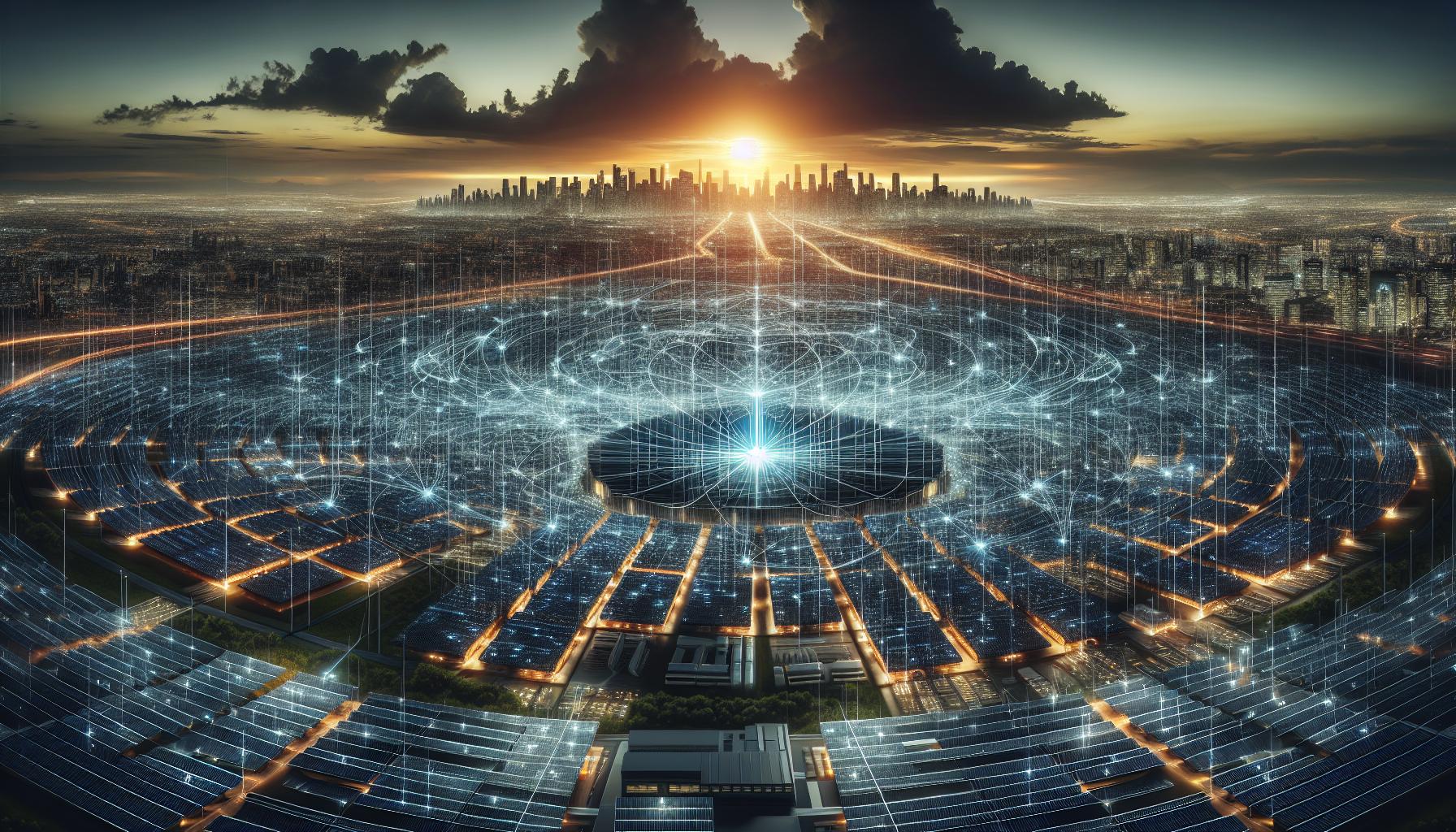
tl;dr
Microsoft expands renewable energy commitment in Japan with 100MW solar PPAs, amid rising energy challenges from AI data centers.
**Microsoft Expands Renewable Energy Commitment in Japan, Amid AI Data Center Energy Challenges**
Microsoft has further solidified its commitment to renewable energy in Japan by finalizing three new 20-year solar power purchase agreements (PPAs) with Shizen Energy, a leading Japanese clean power firm. This marks the second round of partnerships between the tech giant and Shizen, following their initial collaboration two years ago. The agreements add 100 megawatts of renewable energy capacity to Microsoft’s portfolio, according to Bloomberg, as the company strives to decarbonize its global operations.
The three solar facilities, located in Japan’s Kyushu and Chugoku regions, have secured project financing and are now under construction. One facility is already operational, while the remaining two are expected to come online in the near future. This expansion underscores the growing role of long-term PPAs in the Asia-Pacific renewable energy market, where corporate demand for clean electricity has surged.
### Asia-Pacific Renewable Energy Market Surges
As tech companies scale their data center infrastructure, demand for sustainable power has intensified. Last year, long-term solar and wind energy contracts in the Asia-Pacific region jumped 51% year-over-year, reaching 10.3 gigawatts. Microsoft’s deals with Shizen align with this trend, reflecting a broader shift among corporations to lock in clean energy supplies and reduce carbon footprints.
Microsoft’s renewable energy investments extend beyond Japan. In May 2024, the company announced a landmark $10 billion deal with Brookfield Asset Management, aiming to deliver 10.5 gigawatts of renewable capacity between 2026 and 2030 across the U.S. and Europe. This partnership, described as the largest corporate electricity purchase agreement to date, is three times larger than the annual energy consumption of data centers in Northern Virginia, the world’s largest data center hub.
### Sustainability Goals and Industry Challenges
Microsoft has set an ambitious target to remove more carbon from the atmosphere than it produces by 2030. Since 2020, its contracted clean energy capacity has grown 18-fold, according to its latest sustainability report. However, the rapid expansion of AI-driven data centers is straining energy systems, particularly in the U.S.
A recent report by Cryptopolitan highlighted a surge in power bills for millions of Americans, driven by the energy demands of AI data centers. The PJM Interconnection, which manages the eastern U.S. power grid, saw supply costs spike by $7.3 billion in a single auction, with AI server facilities accounting for nearly half the increase. These facilities consumed 45% of total power supply costs during the summer auction, contributing to a $16.1 billion rise in energy expenses across two auctions.
Pennsylvania Governor Josh Shapiro has even proposed pulling the state out of the regional grid amid the crisis, highlighting the urgent need for balanced energy policies.
### Shizen Energy’s Role in Japan’s Green Transition
Shizen Energy, founded in 2011 after the Fukushima nuclear disaster, has been pivotal in Japan’s shift toward solar and wind energy. By 2024, the company had developed 1.2 gigawatts of global projects, including a recent deal with Google for a data center in Chiba prefecture. Its collaboration with Microsoft exemplifies how clean energy firms are partnering with tech giants to meet sustainability goals while navigating the complexities of modern energy demands.
As Microsoft and other tech leaders scale their renewable energy investments, the challenge remains to harmonize innovation with grid stability. While the push for sustainability is clear, the rising energy costs linked to AI infrastructure underscore the need for strategic planning and investment in both clean energy and grid resilience.
For now, Microsoft’s partnerships with Shizen and Brookfield signal a proactive approach to decarbonization, even as the broader industry grapples with the realities of an energy-intensive digital future.